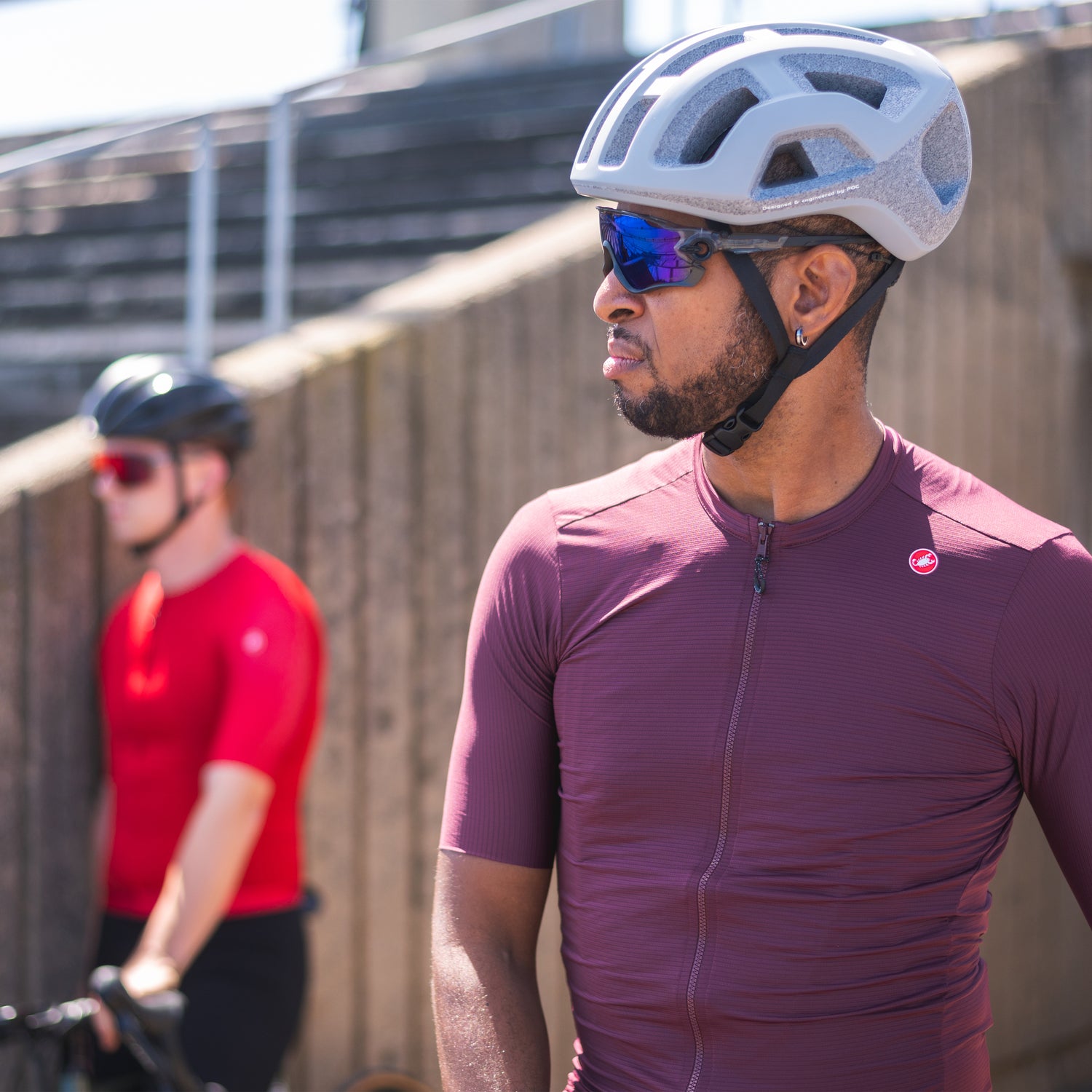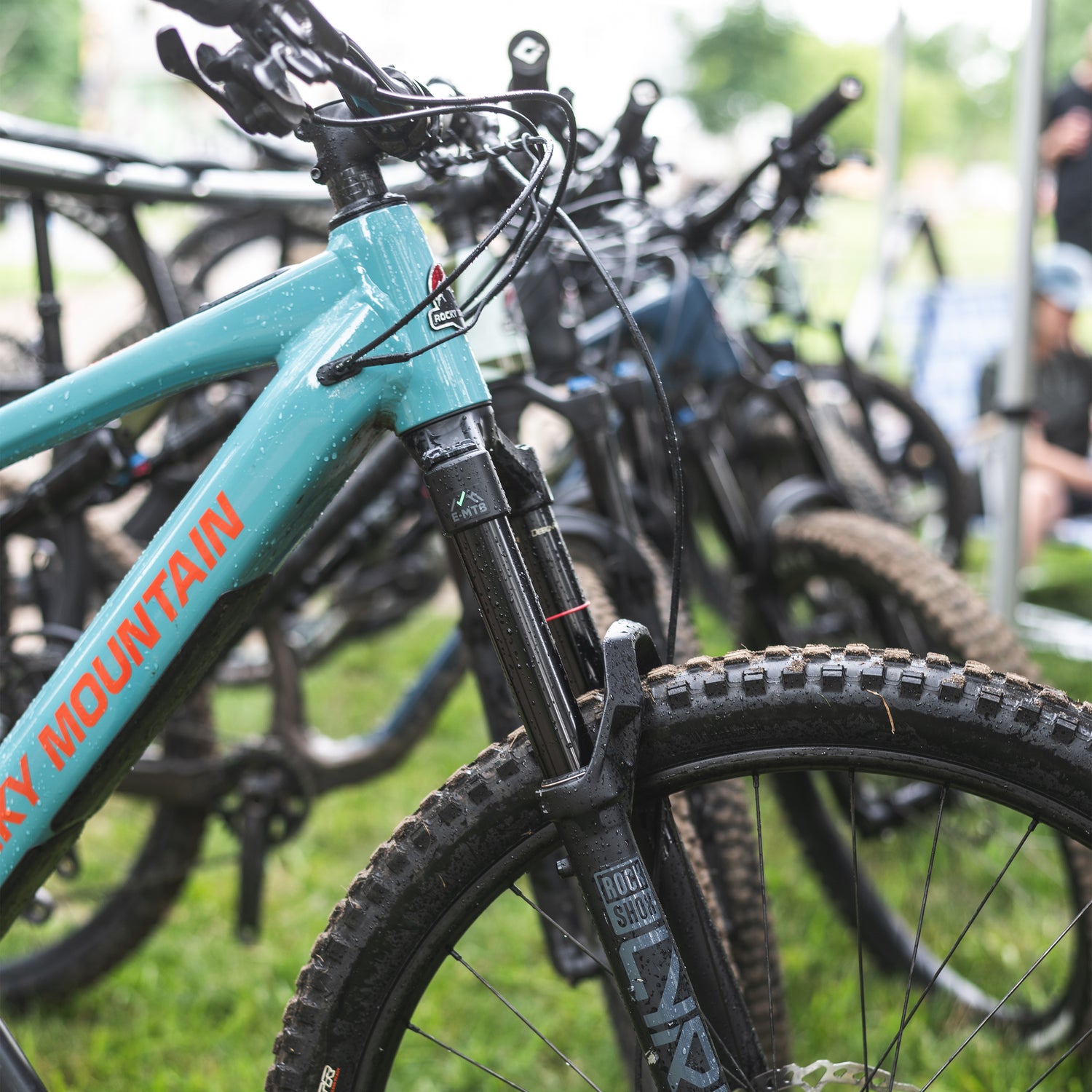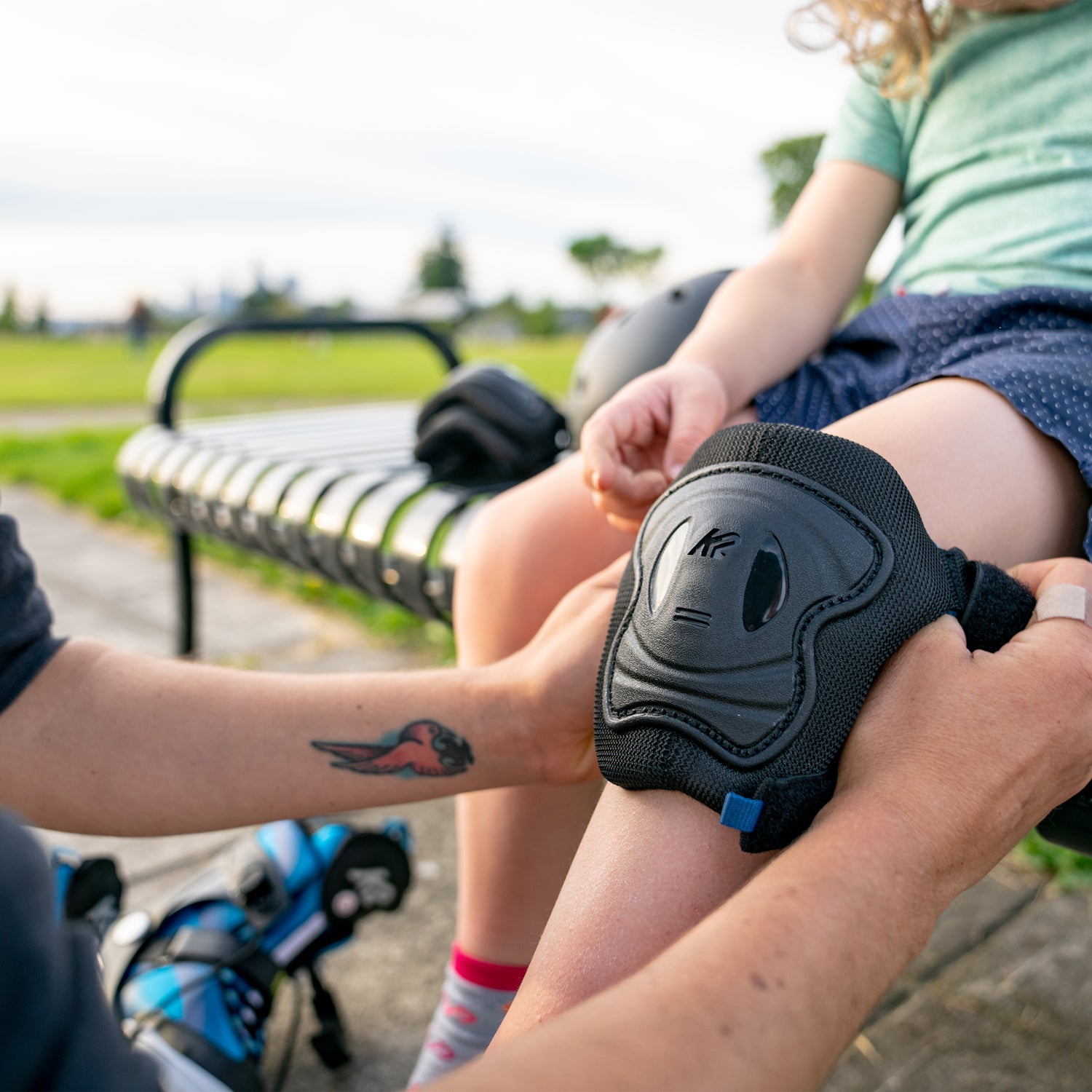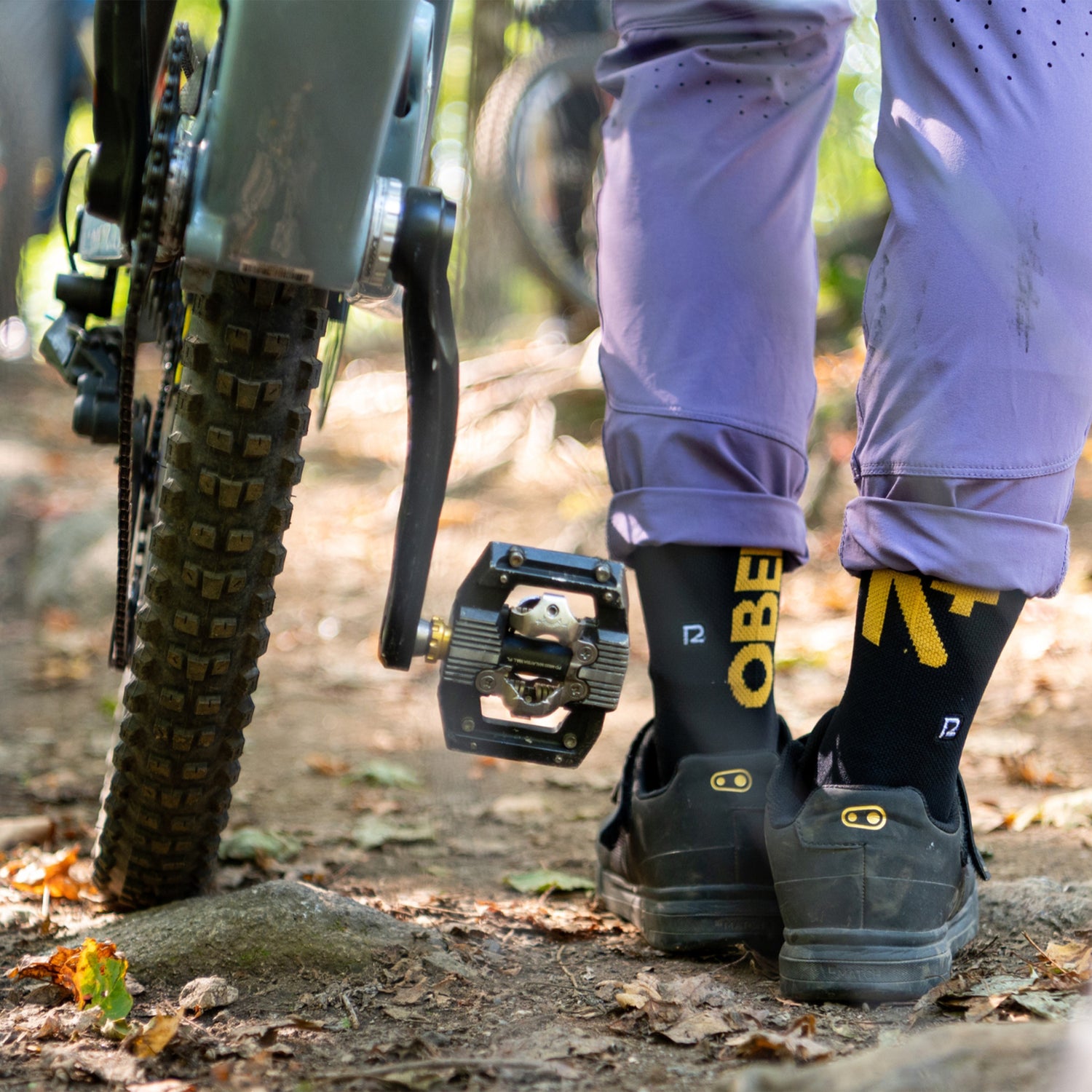Oberson x Craft
_____________________________
1. Getting Ready for a Cross-country Ski Outing
From your first push, your body temperature will increase. Since it’s better to leave the backpack at home and to take a hydration fanny pack, it’s important to factor in the distance you plan to cover and outside temperature. Also, make sure you think about the intensity level of your outing and the sweat factor. The more you practice the sport, the more you’ll get to know your rhythm and be able to identify the right clothing combination.
If you’re new to the sport, keep in mind that the level of intensity is like running or going uphill on touring skis.

2. The Upper Body
Just like backcountry skiing, cross-country skiing is a more active sport. Base layers made of breathable and moisture wicking synthetic fibers will be your best allies. Men and women’s Fuseknit Comfort and Active Comfort base layers are perfect to wear directly on the skin and designed to wick moisture away from the body and trap heat to help with regulating body temperature.
The second layer should be a softshell insulated jacket. If it’s really cold, frigid even, and you want to cover a long distance, opt for a lightly insulated jacket like the men’s ADV Storm and the women’s Pursuit Thermal. The softshell, windproof, waterproof and fleece lined jacket offers a great warmth to breathability ratio.
For warmer temperatures, the sleeveless jacket or vest worn over the base layer is a nice option and keeps your arms cool.
3. The Legs
Just like upper body clothing, cross-country ski pant must be layered. Choose a moisture wicking synthetic fiber baselayer like active comfort combined with a softshell pant like Glide.
For warmer temperatures, the baselayer/legging combination, like Storm tights, will allow you to regulate your body temperature in warmer and more active conditions. Make sure the pant is flexible for comfort and mobility.
If you tend to get cold easily, the women’s Storm Insulated pants, are insulated at the thighs, to keep you warm and protect you from the wind. For men, the Active Extreme X Wind boxers are equipped with a windproof panel at the crotch that provides excellent protection from the cold. The weather will never stop you from going out!
4. The Extremities
Your feet, your hands and your ears need a little warmth! To protect your head, a headband or a thin toque, with or without a microfleece lining, are ideal. For your hands, gloves are better to mittens for dexterity and to grip the poles well. However, three-finger gloves like the Core Split Finger are a good in-between.
Socks made from a blend of wool and synthetic fibers, like the Warm socks, offer an excellent heat to moisture wicking ratio to keep your feet cozy warm.
As the cross-country season progresses, analyze your best clothing combinations so that you can replicate them on your next outings. The more you practice the sport, the better you will be able to choose your clothing for each outing.







